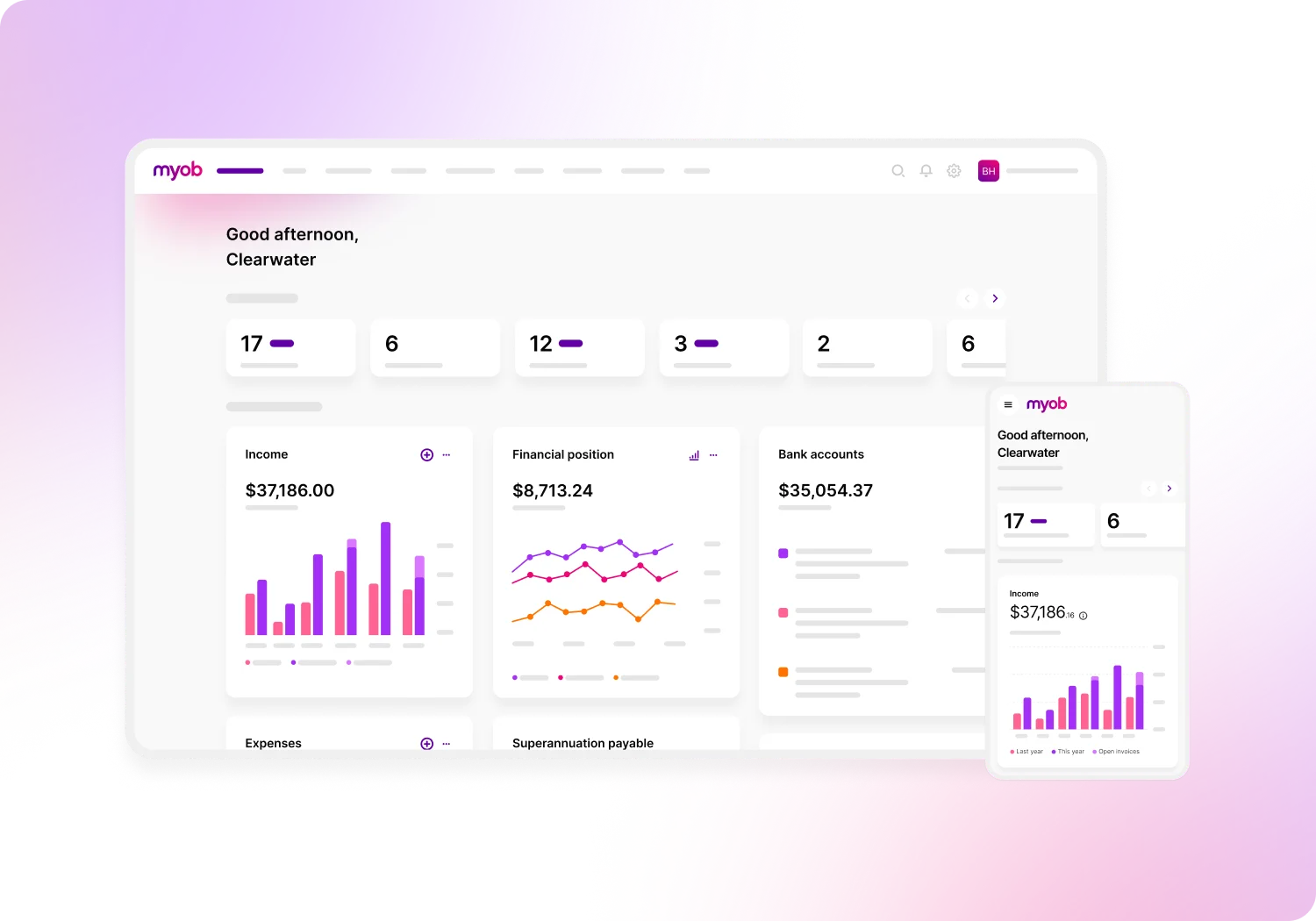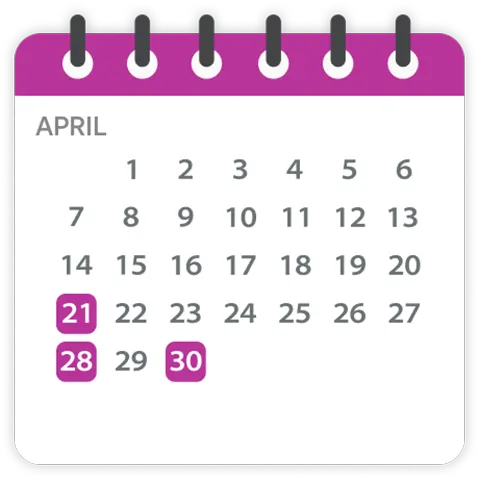We have everything in one place, so you're always ready for tax time.

End of Financial Year (EOFY) in Australia commences on 1 July 2024 and concludes on 30 June 2025. End of Financial Year is an important time for Australian businesses and individuals. You'll need to make sure your books are up to date, complete tax returns and plan for the new financial year.
June 30 is the deadline for financial reporting and compliance requirements. This includes tax returns, financial statements and superannuation contributions. Businesses may also use EOFY to review financial performance and plan for the new year.
Stay ahead with the key EOFY dates you need to know
Unsure when you need to make payments for GST, income tax and employer deductions to the ATO? We've created a handy overview for you right here.

May key dates
15 May
Lodge 2023 tax returns for all entities that did not have to lodge earlier (including all remaining consolidated groups) and are not eligible for the 5 June concession
Due date for companies and super funds to pay if required
21 May
Lodge and pay April 2024 monthly business activity statement
Final date to add new FBT clients to your client list to ensure they receive the lodgment and payment concessions for their fringe benefits tax returns
Lodge and pay Fringe benefits tax annual return if lodging by paper
26 May
Lodge and pay eligible quarter 3, 2023–24 activity statements if you or your client have elected to receive and lodge electronically
28 May
Lodge and pay quarter 3, 2023–24 Superannuation guarantee charge statement if the employer did not pay enough contributions on time.
Explore these EOFY resources

7 key things to get on top of for EOFY
There’s nothing like a bit of a deadline pressure to really get you into gear, and there’s no deadline quite like end of financial year (EOFY) for business owners (that’s 30 June for the majority of businesses).

It’s your first year in business – Here’s what you need to know about EOFY
EOFY can be a stressful time especially if you’re in your first year of business. But you don’t have to feel like you’re lost in the wilderness, here's why.

How does tax work in Australia?
As a business owner, you may have wondered, “How does tax work in Australia?” or “When do you have to pay tax in Australia?”

Sole trader tax deductions: How to maximise your tax return
A sole trader is the simplest form of business structure. The owner is legally responsible for all aspects of the business, including any debts and losses.
Frequently asked questions
When is End of Financial Year?
The End of the Financial Year (EOFY) in Australia is on June 30th. It is the date on which the Australian financial year ends and the next financial year begins. EOFY is an important date for businesses and individuals in Australia.
June 30 makes the deadline for various financial reporting and compliance requirements, such as tax returns, financial statements and superannuation contributions. Additionally, it is a common time for businesses to review their financial performance and plan for the upcoming year.
What key tasks do I need to do at EOFY?
The specific tasks you need to do for the end of the financial year in Australia will depend on your circumstances. If you’re an individual taxpayer, a sole trader, or a business owner, tax time will be a different story.
However, here are some general tasks you may need to consider:
Organise your receipts, invoices and other financial documents from throughout the year.
Lodge your tax returns with the ATO. The due dates for this are 31st October for individuals and 31st December for businesses.
If you’re an employer, you need to make sure you have made all required superannuation contributions for your employees by the end of the financial year.
These are just some of the tasks you may need to consider for the end of the financial year in Australia. It’s always a good idea to stay informed about your obligations and seek professional advice if needed.
When can I lodge my 2024 tax return?
The lodgement period for individual tax returns in Australia typically begins on 1 July and runs through to 31 October of the following year.
How do I complete a business tax return?
Completing a business tax return in Australia can be a complex process, but here’s a general outline of the steps involved:
1. Gather your financial records
Including all your business income and expenses for the financial year. It’s helpful to have any other relevant financial information on hand, such as bank statements, balance sheets and profit and loss statements.
2. Complete the tax return form
The form you need to complete will depend on your business structure. For example, sole traders and partnerships generally need to complete an individual tax return. However, companies and trusts need to complete a company tax return.
3. Include all income
Make sure that you include all income earned by your business during the financial year, including any interest, dividends, or capital gains.
4. Deduct expenses
Deduct any business expenses that you are eligible to claim, such as rent, utilities, salaries and office supplies. Be sure to keep accurate records of all expenses.
5. Calculate depreciation
If you have any depreciable assets (e.g plants and equipment), you may be able to claim a deduction for their depreciation.
6. Review your tax return
Check your tax return carefully to ensure that all information is accurate and complete.
7. Lodge your tax return
Lodge your tax return with the Australian Taxation Office (ATO) by the relevant deadline. The end of February of the following year is the deadline for company tax returns. Partnerships and trusts are due in May and sole traders are due in October.
It's important to note that completing a business tax return can be complex, and the tax rules and regulations can change from year to year. It may be helpful to seek advice from a qualified accountant or tax professional.
